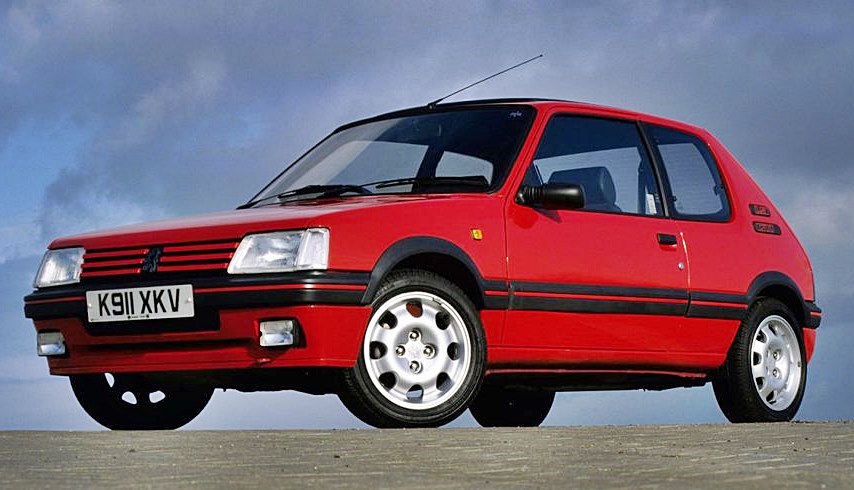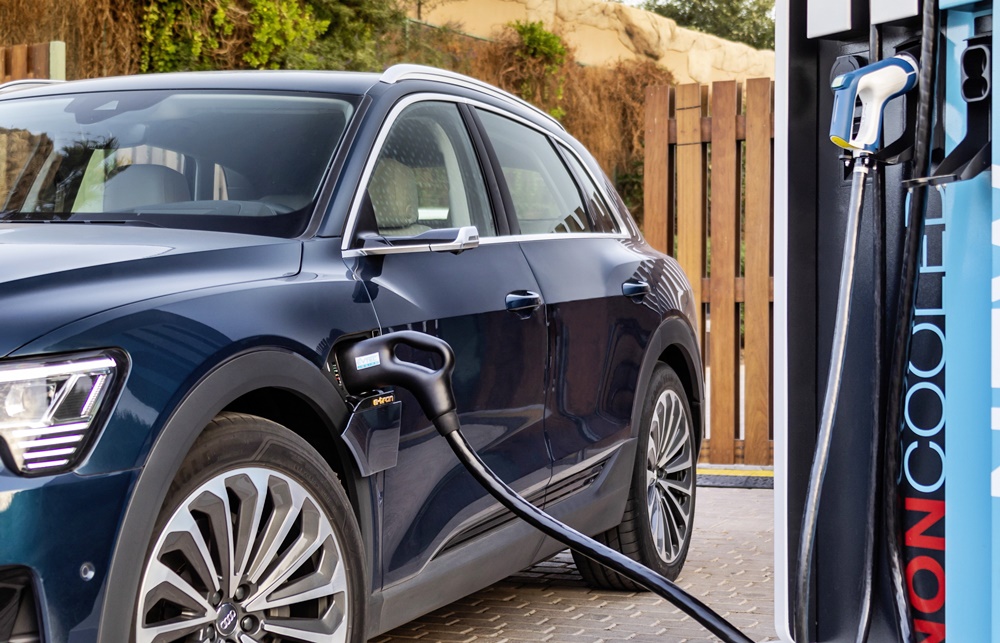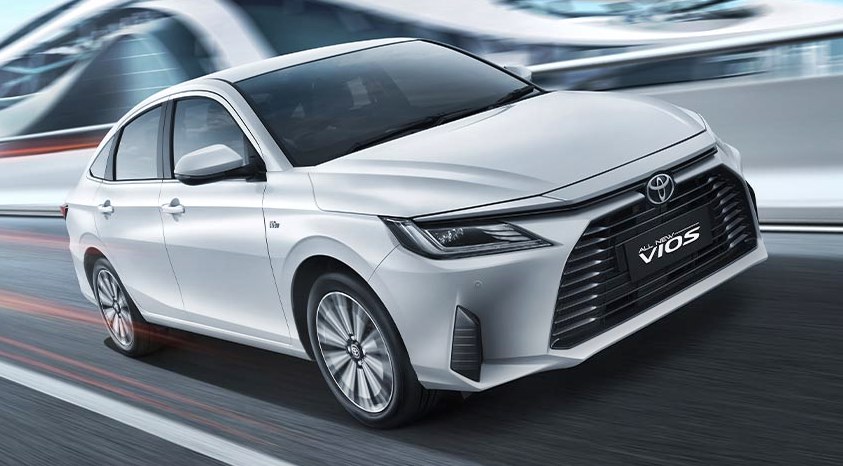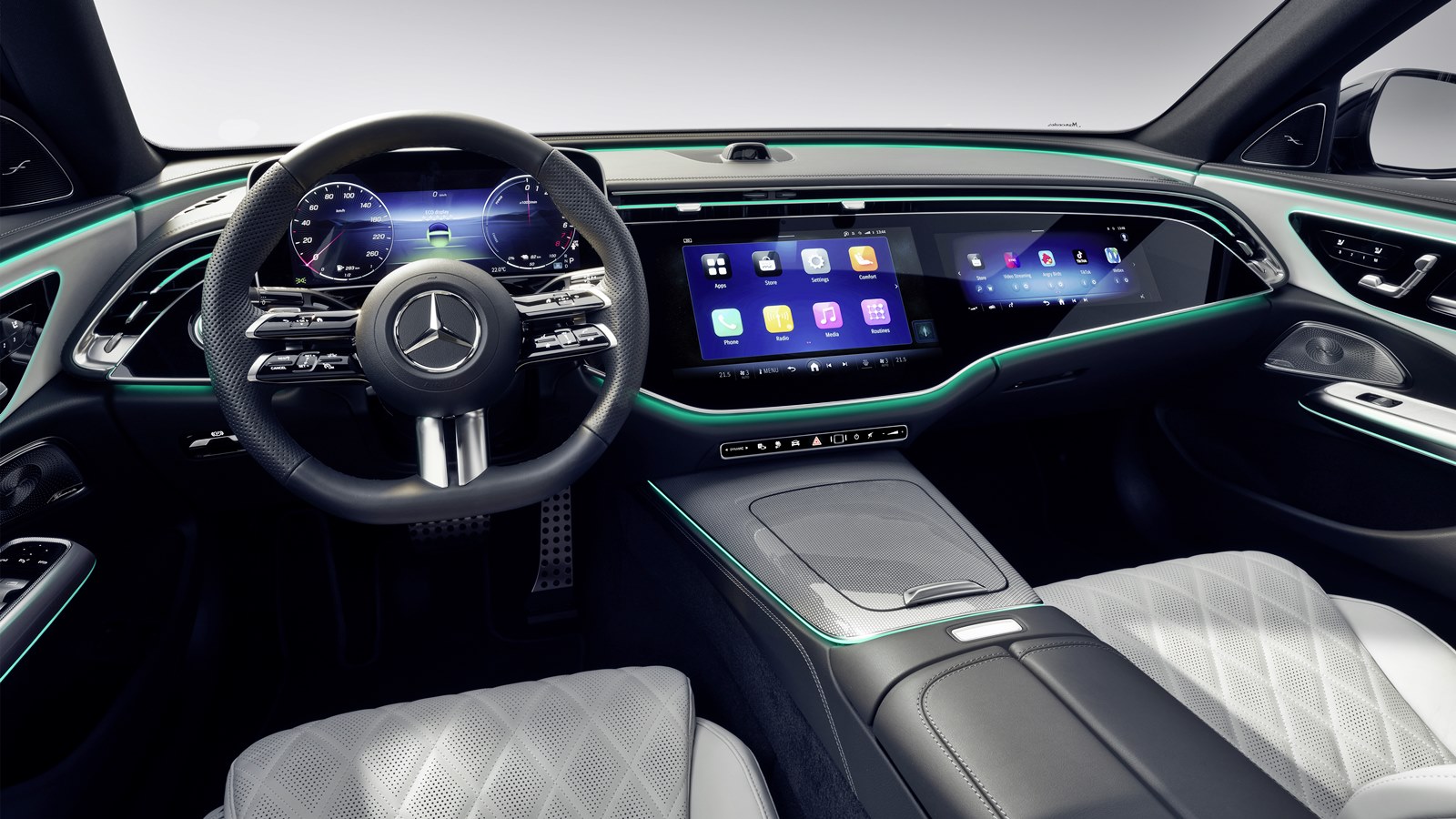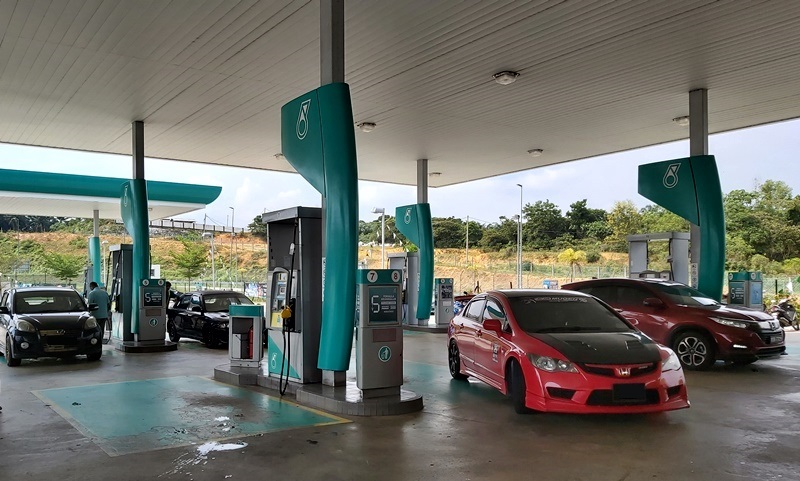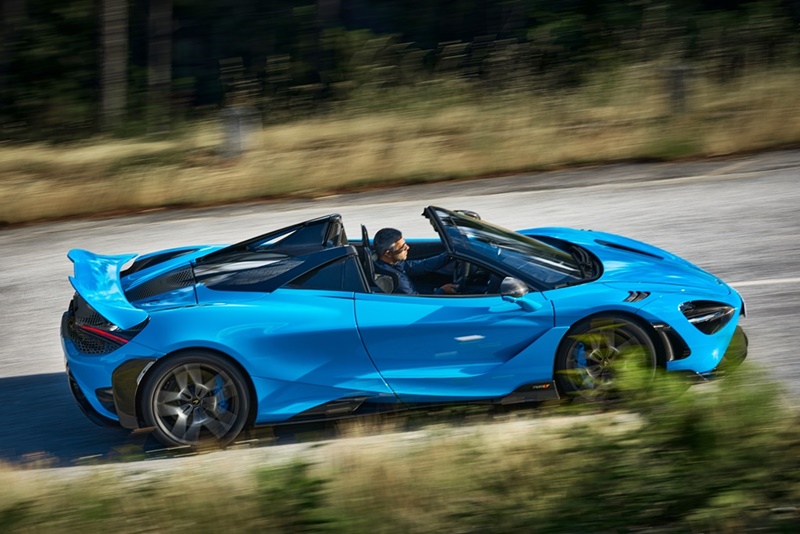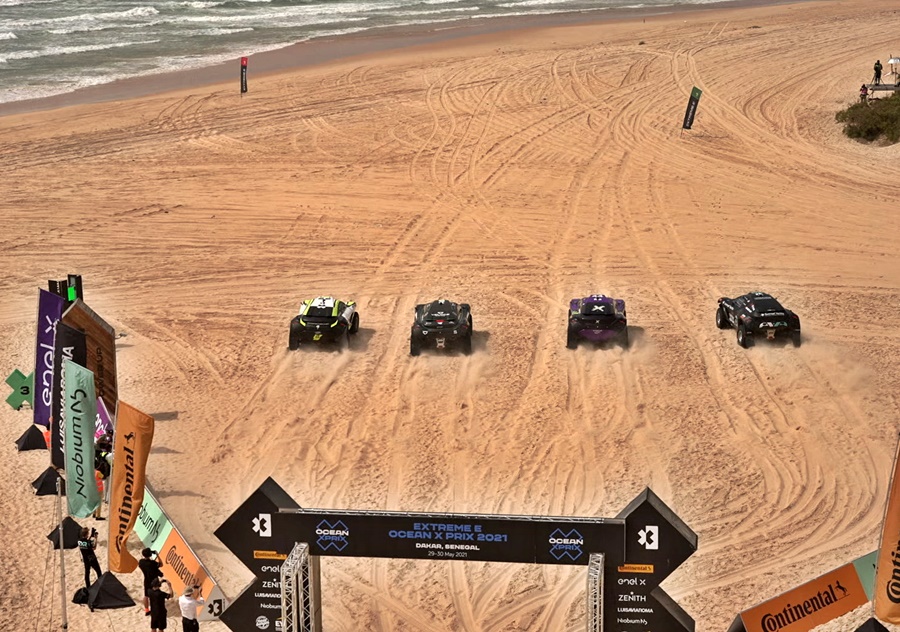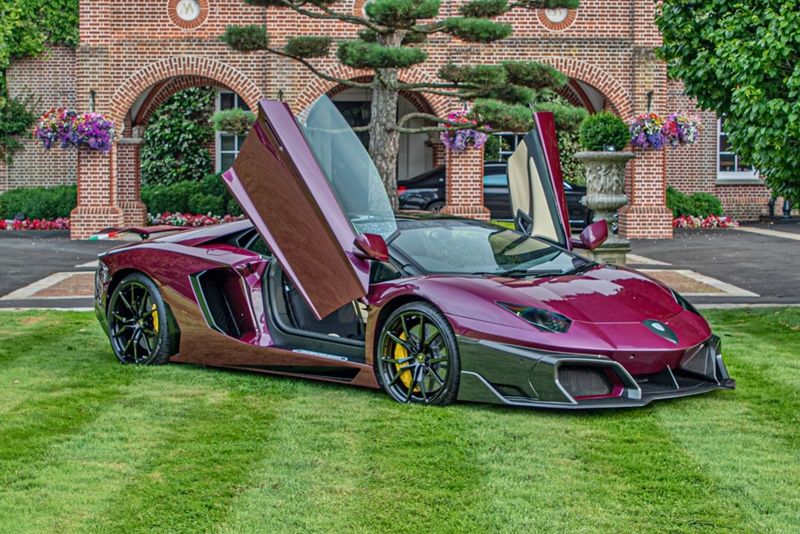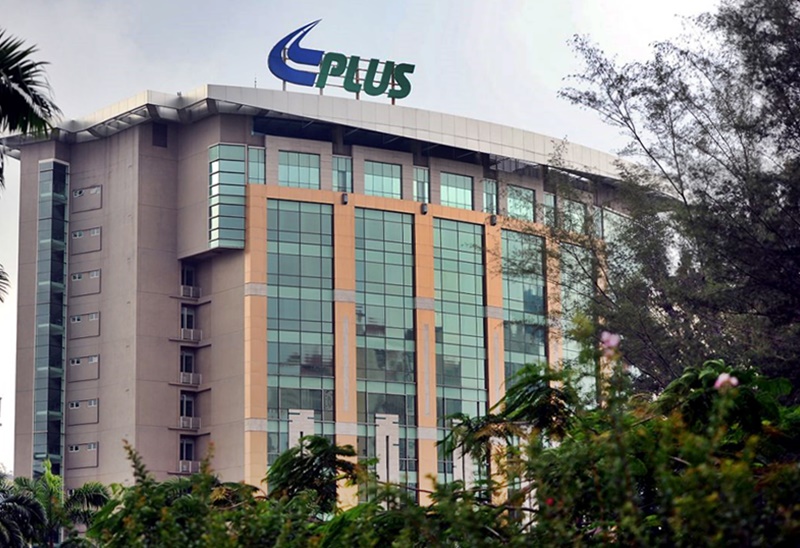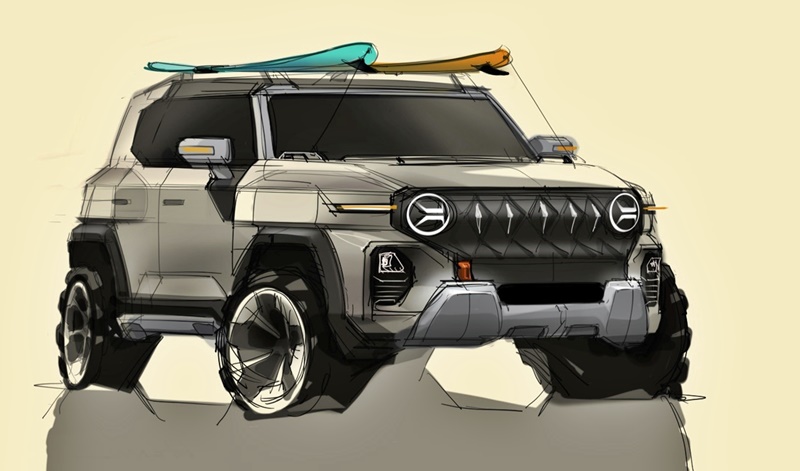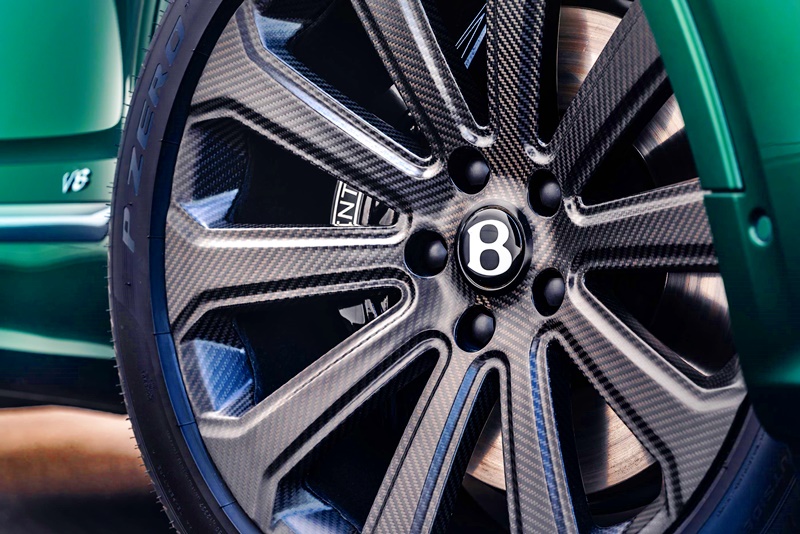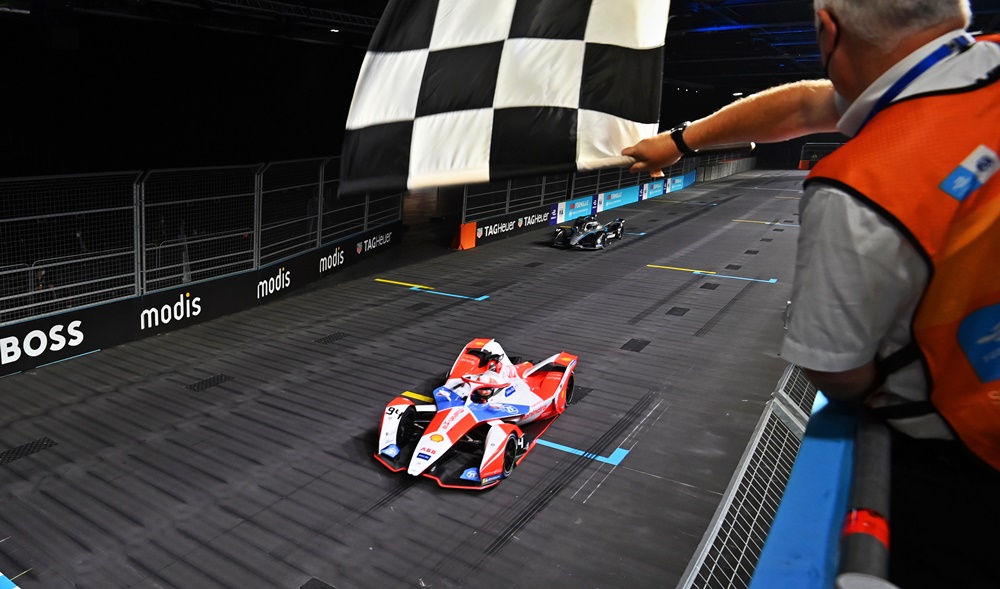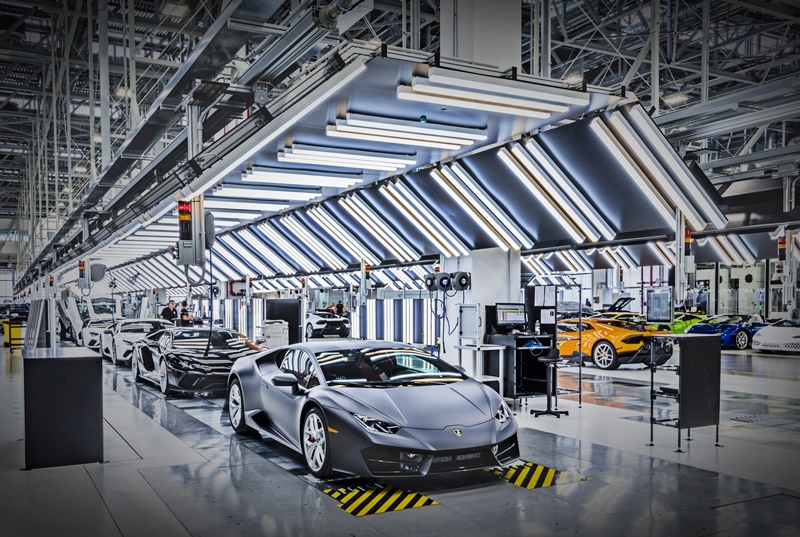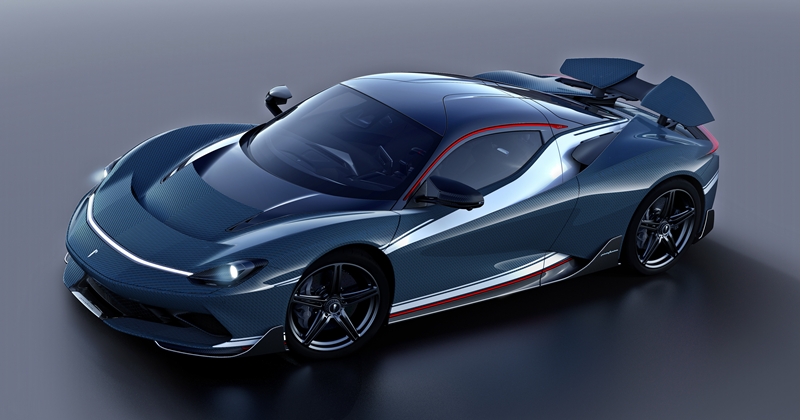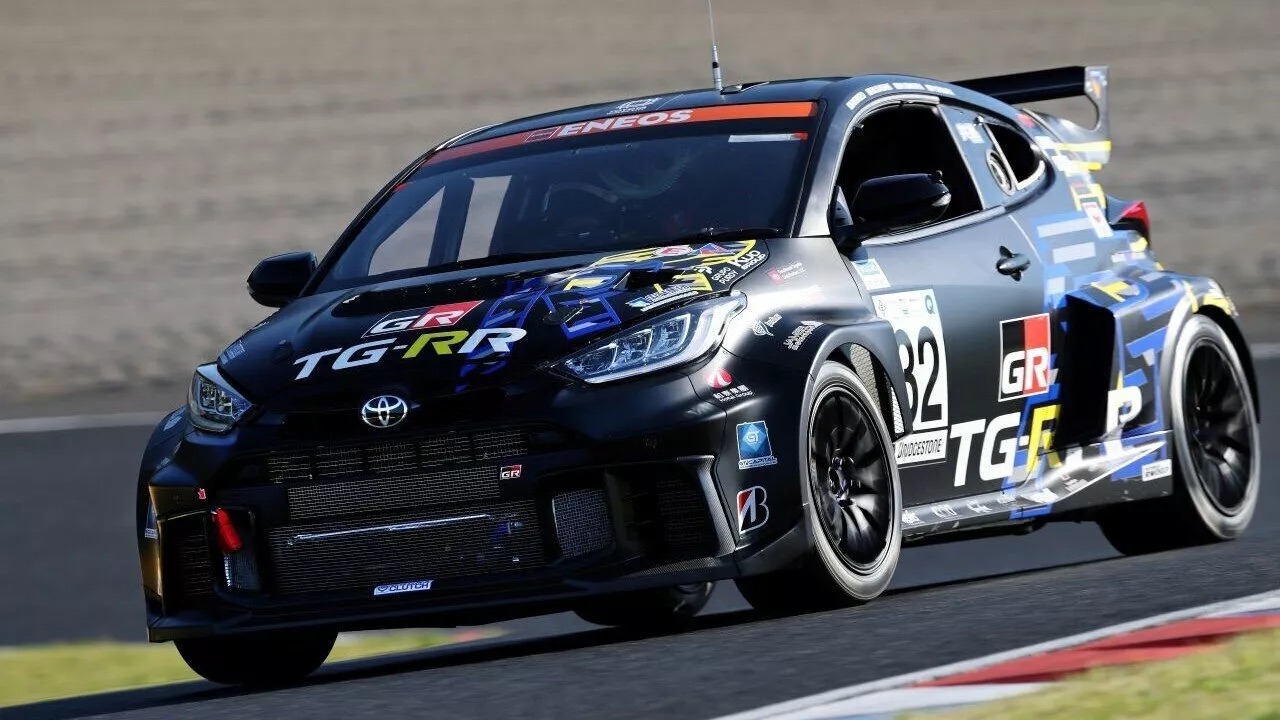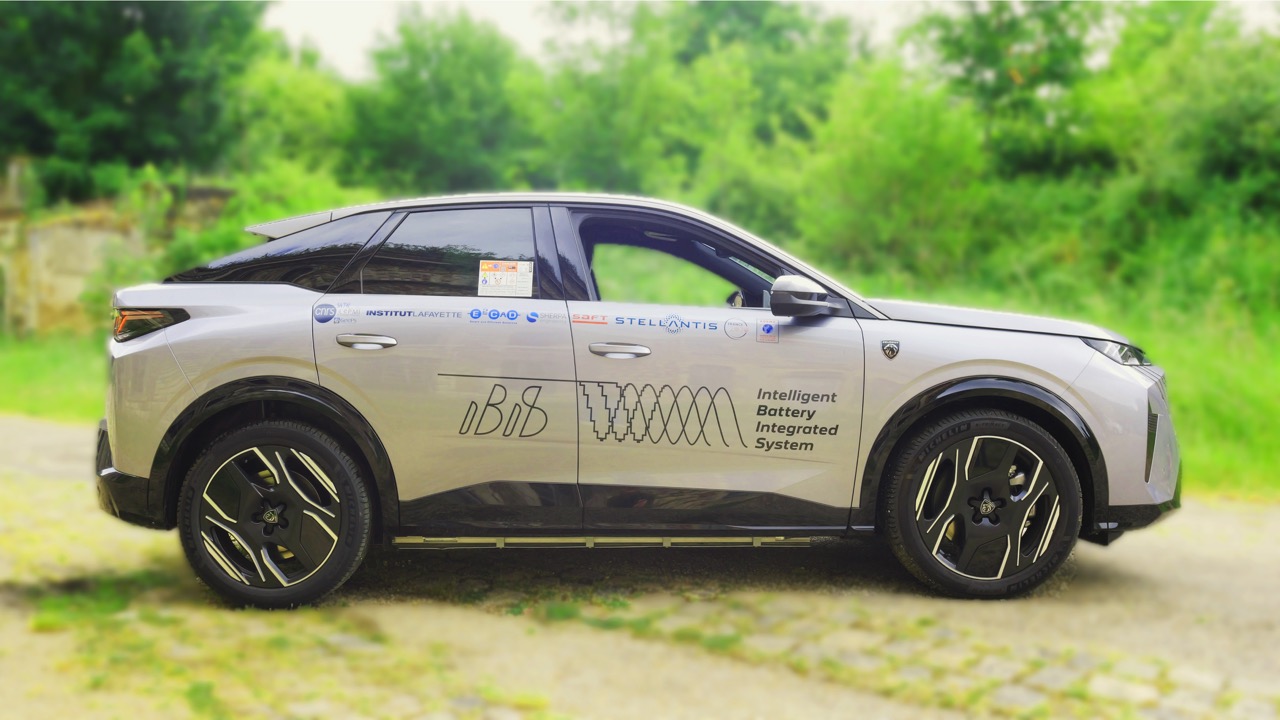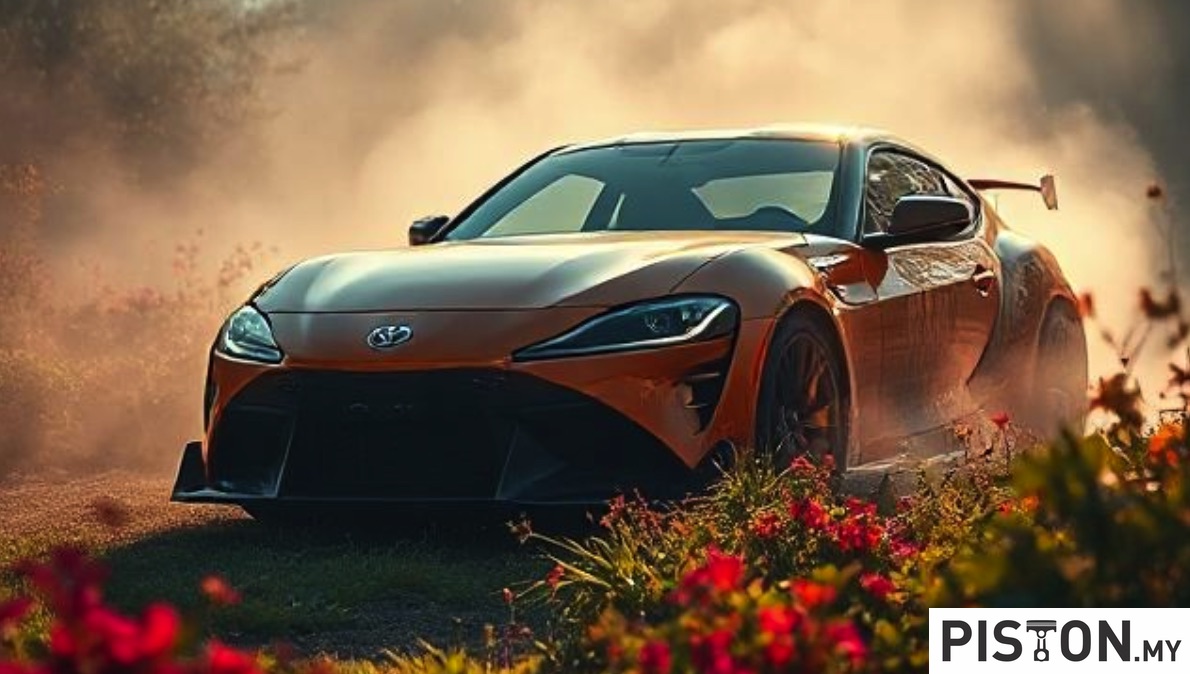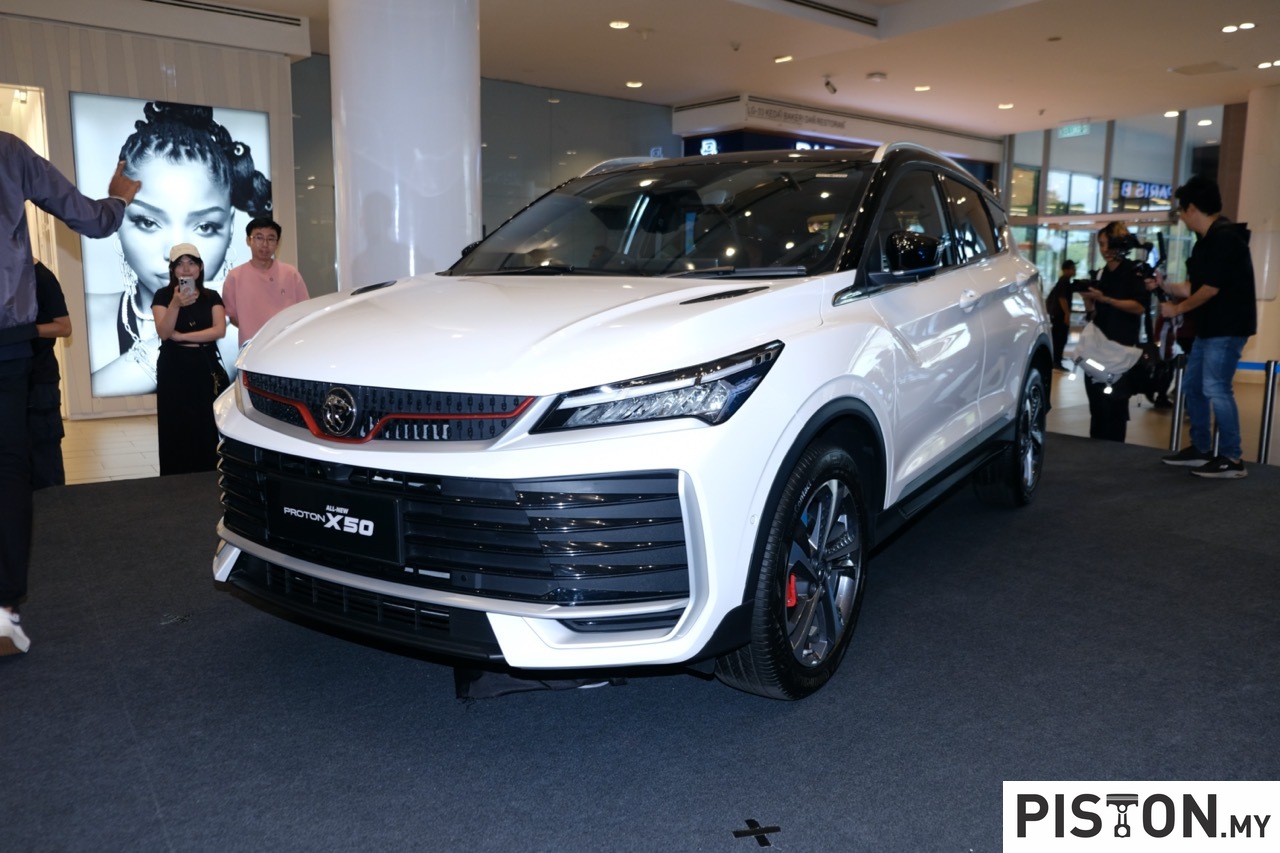In the mid-1970s, the arrival of the Volkswagen Golf GTI gave birth to what would come to be called ‘the hot hatch’. Though having the same appearance of the simple successor to the Beetle, the Golf GTI offered spirited, higher performance at an affordable price. Volkswagen thought they might sell 5,000 units but because it had entered the mainstream as well, the demand grew to 461,690 units by the time the first generation ended production.
The Golf GTI showed that the hatchback was not just for urban use but could also be a sporty car with driving dynamics enthusiasts would appreciate. The demand encouraged other carmakers to also start creating hotter variants of their bread and butter models and one of them was Peugeot, which came out with the 205 GTI.
(more…)


